Comprehensive Guide to Understanding, Diagnosing, and Treating Cancer
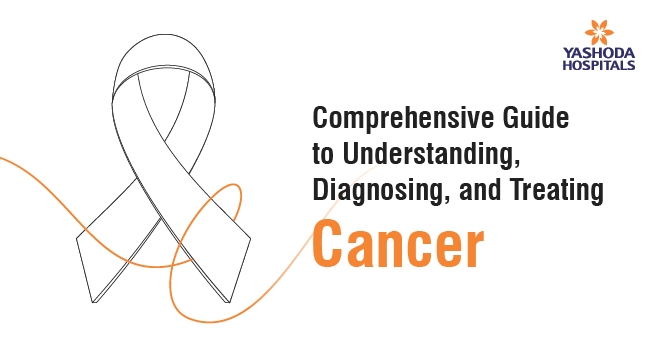
Cancer is a disease where cell growth in the body is uncontrolled, spreading from its original site to various tissues of the body. It can affect any part of your body, from the skin to internal organs. Over the past decades, cancer has become a significant health problem worldwide and afflicts many millions of people. Despite significant advancements in treatment, cancer remains a serious disease that can profoundly impact an individual or their family.
What is Cancer?
Cancer is a disease whereby cells grow uncontrollably and spread all over the body. It can start anywhere in the human body, made up of trillions of cells. Cell division is the normal reproduction of a cell to increase and multiply to form new cells when needed. If this process fails, abnormal or damaged cells proliferate and multiply to form tumors.
Metastasis enables cancerous tumors to penetrate the neighboring tissues and spread out to distant locations to develop a new tumor (malignant tumors). Most cancers are formed as solid tumors, whereas benign tumors do not invade or migrate to adjacent tissues. If such a benign tumor is removed, it usually does not grow back; however, it can be rather huge and cause serious symptoms in some instances.
Types of Cancer
The term cancer is a general term that describes any disease of the body resulting from the uncontrolled growth of abnormal cells that eventually spread in every part of the body.
How many types of cancer are there?
There are more than 100 different types of cancer, each originating in a distinct organ or tissue. Some of the most common types of cancer include:
- Skin Cancer: Skin cancer develops in instances where there is unregulated proliferation of abnormal skin cells. Long-term exposure to the sun is a significant risk element. It must be noted that quick diagnosis and intervention are the keys to success. Some of the common skin cancers include melanoma, basal cell carcinoma, and squamous cell carcinoma.
- Lung cancer: Lung cancer is one of the cancers that often contributes to more deaths worldwide. It has been characterized by abnormal cells in the lungs, which multiply uncontrollably. There are two main types of lung cancer, notably small cell lung cancer and non-small cell lung cancer.
- Breast cancer: Breast cancer originates from the abnormal growth of cells in the breast. The types of breast cancer include invasive ductal carcinoma, invasive lobular carcinoma, and inflammatory breast cancer. Early detection through screening, followed by immediate intervention improves patient outcomes.
- Colon and rectal cancer: Colon and rectal cancer often start as polyps, which are abnormal growths in the inside lining of the colon or rectum. Most polyps are benign but become malignant over time. Early detection and removal of polyps through screening tests like colonoscopies help prevent colorectal cancer.
- Prostate cancer: Prostate cancer, primarily affecting men, develops slowly and is most common in adenocarcinoma, originating from the prostate gland cells. Regular screenings, including the prostate-specific antigen (PSA) test and digital rectal exam, are crucial for early detection and treatment. Factors like age and family history can increase the risk.
- Blood cancer: Blood cancer, also referred to as hematological malignancy, is characterized by a change in the blood-forming tissues—a part of the body made up of the bone marrow, spleen, and lymph nodes. The most common types of blood cancers are leukemias, lymphomas, and myelomas. Some of the known causes are not clearly defined, but genetic factors could predispose a person to it, and chemicals and radiation could be involved. Treatment often depends on the type of cancer but may include chemotherapy, radiation therapy, targeted therapy, or stem cell transplantation.
- Bone cancer: Bone cancer develops in the bones or the soft tissues around the bones. Common types of bone cancers include osteosarcoma, chondrosarcoma, and Ewing sarcoma.
Apart from those discussed above, there are some more cancers, such as bladder cancer, brain cancer, pancreatic cancer, eye cancer, gall bladder cancer, and many more.
Take Control of Your Health.
Types of Cancer Cells
There are hundreds of different kinds of cancer cells, and most are named after the kind of cancer cells in which the disease began. The following are some of the most common types of cancer cells:
- Carcinomas are cancers that begin inside epithelial cells that line body cavities. These include adenocarcinoma, basal cell carcinoma, squamous cell carcinoma, and transitional cell carcinoma.
- Sarcomas are cancers that begin inside bone, muscle, blood, fat, and other soft tissue cells. These include dermatofibrosarcoma protuberans, kaposi sarcoma, leiomyosarcoma, liposarcoma, malignant fibrous histiocytoma, and osteosarcoma.
- Leukemia cells and leukemic blast cells are abnormal white blood cells that develop in bone marrow stem cells, which is the place where blood cells are produced. The abnormal white cells take the place of normal blood cells, so there are four types: acute lymphoblastic leukemia (ALL), acute myelogenous leukemia (AML), chronic lymphocytic leukemia (CLL), and chronic myelogenous leukemia (CML).
- Lymphomas are cancerous blood-related diseases originating from tissues of the lymphatic system known as lymphoid tissues. Two main types of white blood cells that may be affected by this disease include B-cells, T-cells, and NK cells. The two major kinds of lymphomas are Hodgkin lymphomas and non-Hodgkin lymphomas.
Multiple myeloma refers to a type of blood cancer that originates in the plasma cells, which multiply to produce antibodies. When this normal plasma cell becomes abnormal, it divides and replicates into myeloma cells. These myelomas collect in the bone marrow and soft tissue to form tumors where multiple myelomas affect multiple bones and other tissues and organs, such as the kidneys.
Causes of Cancer
Although the exact causes of cancer are not known and vary with the type, several factors that might increase the risk of cancer are:
Genetic Factors: Inherited genetic mutations may make some people more susceptible to particular types of cancer. Cancer is caused by genetic changes that affect three main types of genes: proto-oncogenes, tumor suppressor genes, and DNA repair genes.
- Proto-oncogenes are involved in normal cell growth and division, but when altered or more active, they can become cancer-causing genes.
- Tumor suppressor genes control cell growth and division, but alterations in these genes can cause uncontrolled division.
- DNA repair genes fix damaged DNA, and mutations in these genes can lead to additional mutations in other genes and chromosome changes, leading to cancerous cells.
Lifestyle Factors:
- Smoking: It is a major risk factor for lung, throat, and other cancers.
- Excessive Drinking of Alcohol: May elevate the risk of liver, throat, and breast cancer.
- Poor Diet: A diet that contains a lot of processed foods but fewer fruits and vegetables elevates the risks of cancer.
- No Exercise: Lack of sufficient physical activity carries more than one type of cancer with it. Obesity is known to elevate the risks of several types of cancers, such as those concerning the colon, breast, and kidneys.
Environmental Factors:
- Carcinogens: A person’s risk of developing cancer increases with exposure to pollutants like asbestos, radiation, or certain chemicals.
- Viral Infections: Some of the viruses are still found to increase the risk of cancer. They include human papillomavirus and also hepatitis B and C. These factors increase the chances of cancer, but they do not ensure that the disease will come. This may benefit one to seek early diagnosis and screenings to get appropriate treatment before the disease occurs.
Cancer Diagnosis
Cancer diagnosis involves a number of techniques, which include physical examination, imaging tests, biopsy, blood tests, and endoscopy. A physical examination checks for abnormalities; imaging tests such as X-rays, CT scans, MRIs, and ultrasounds are used to visualize tumors and internal organs. A biopsy examines cells under a microscope, while blood tests help detect specific types of cancer or identify associated markers. Endoscopy examines the inner organs using a flexible tube with a camera.
Other screenings, which include mammography for breast cancer, pap smears and HPV tests for cervical cancer, colonoscopies for colon cancer, PSA tests for prostate cancer, and skin self-exams for skin cancer, also detect cancer much earlier and are highly effective in treatment.
Concerned about your diagnosis?
6. Types of Cancer Treatments
Cancer treatment varies based on the type and advancedness of the cancer. Some patients receive only one treatment, while most receive a combination of treatments like surgery, chemotherapy, and radiation therapy.
- Radiation Therapy: Radiation therapy is a cancer treatment in which high doses of radiation are used to kill cancer cells and destroy tumors. MR Linac is one of the advanced technologies for radiation therapy. It unites MRI with a linear accelerator, typically resulting in more precise tumor targeting with much less damage inflicted upon normal tissues. More so, MR linac has the capability to visualize the tumor in real-time during the treatment, thereby making the procedure more efficient and result-oriented.
- Chemotherapy: Chemotherapy is a type of treatment that helps kill cancer cells using drugs. It is usually given with a combination of other treatments in some instances.
- Biomarker testing: Biomarker testing is a way to search for genes, proteins, and other substances (called biomarkers or tumor markers) that might help to learn more about cancer. Biomarker testing may aid both patient and doctor to select and then follow a cancer treatment.
- Hormone Therapy: Hormone therapy is a treatment that slows or stops the growth of breast and prostate cancers that are hormone-dependent, which means that their growth depends on hormones.
- Hyperthermia: Hyperthermia is a treatment where tissue in or near the tumor is heated to such an extremely high temperature that cancer cells get damaged and killed with minimal or no harm to normal tissue.
- Immunotherapy: Immunotherapy is a type of cancer treatment that helps the immune system to fight the disease.
- Targeted Therapy: Targeted therapy is one form of cancer treatment that attacks altered ways in which cancer cells help them grow, divide, and spread.
- Photodynamic Therapy: Photodynamic therapy is a drug activated by light that can kill cancer and other abnormal cells.
- Stem Cell Transplant: Stem cell transplants are procedures that replace damaged stem cells with healthy ones to restore the production of blood cells.
- Surgery: The surgeon cuts out cancer tumors from the body and removes the entire tumor mass.
Cancer treatment is rapidly evolving, with new and advanced therapies offering hope for patients. These therapies target cancer cells more precisely, minimizing damage to healthy tissues and enhancing treatment effectiveness. Some promising advancements include immunotherapy, targeted therapy, CAR-T cell therapy, precision medicine, and combination therapies.
Immunotherapy uses the body’s immune system to fight cancer cells, while targeted therapy targets specific molecules involved in cancer cell growth and survival. CAR-T Cell Therapy involves engineering a patient’s T cells to recognize and attack cancer cells, with success in treating certain types of blood cancer. Precision medicine analyzes a patient’s genetic makeup to tailor treatment plans, leading to more effective and less toxic treatments.
Combination therapies, such as chemotherapy, radiation therapy, and immunotherapy, can enhance effectiveness and reduce side effects. Other innovative approaches include nanotechnology, gene therapy, and photodynamic therapy. These advancements, combined with early detection and regular screenings, offer hope for improved outcomes and a future where cancer is no longer a life-threatening disease.
7. When to Seek Medical Appointment?
It’s essential to consult a doctor if you experience any of the following symptoms that persist or worsen:
- Unintended weight loss
- Abnormal body mass or masses
- Fatigue
- Chronic fever
- Night sweats
- Persistent or worsening pain
- Changes in bowel or bladder function
- Unhealing ulcers
- Abnormal bleeding or vaginal discharge
- Hoarseness or persistent cough
- Lumps or lumps in the breast
It’s important to get medical help from expert oncologists for a timely diagnosis and suitable treatment, even if these symptoms might not necessarily be signs of cancer. The likelihood of a successful course of treatment and recovery is significantly improved by early identification and prompt action.
Concerned about your treatment? Contact us for expert care and relief today!
Conclusion
Cancer, a complex disease, continues to be a significant global health challenge; however, advancements in medical science offer renewed hope. Early detection, along with timely and appropriate treatment, plays a crucial role in improving patient outcomes.
Yashoda Hospitals stands at the forefront of cancer care in India, offering comprehensive treatment options, cutting-edge technology, and compassionate care. With a team of experienced oncologists and state-of-the-art facilities, Yashoda Hospitals is committed to providing the highest quality care to cancer patients.
Have any questions or concerns about your health? We’re here to help! Call us at +919513262681 for expert advice and support.

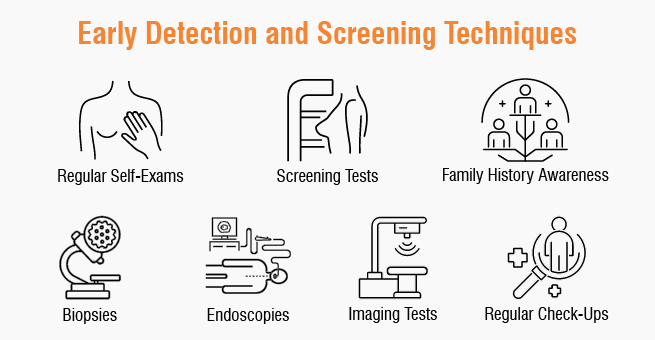
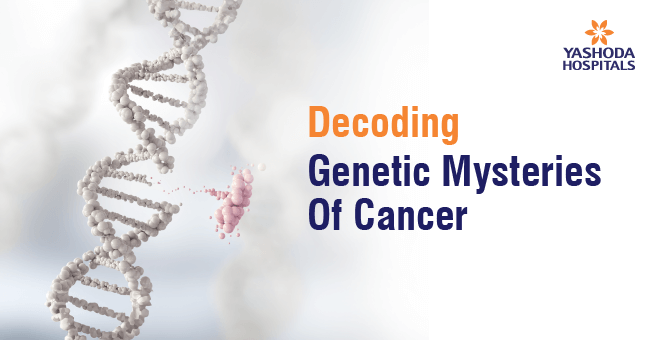

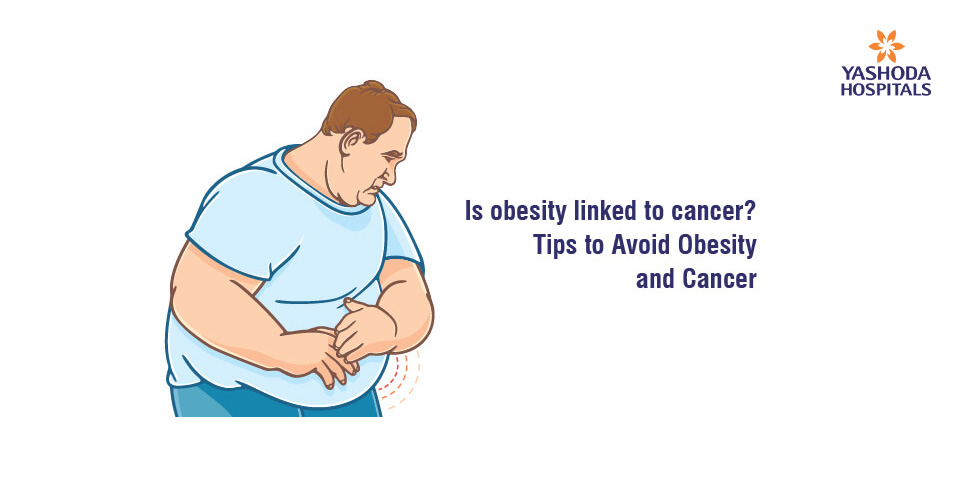


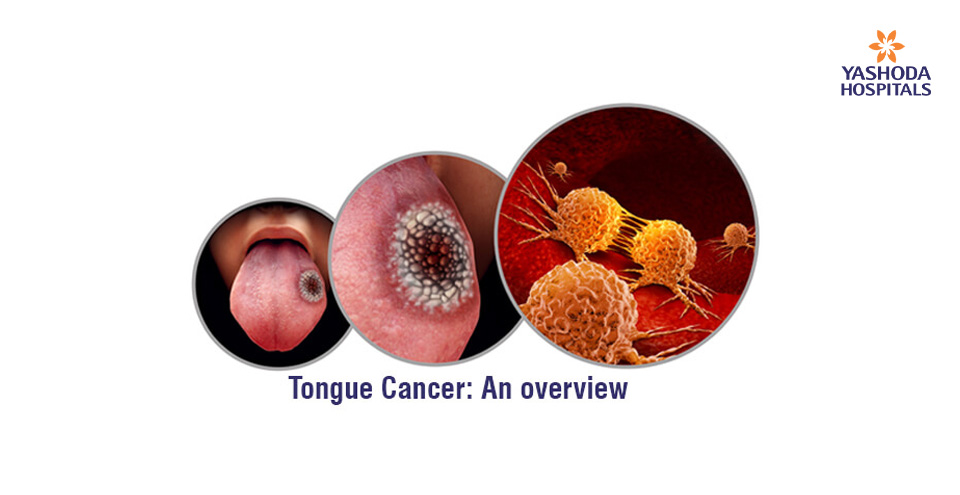
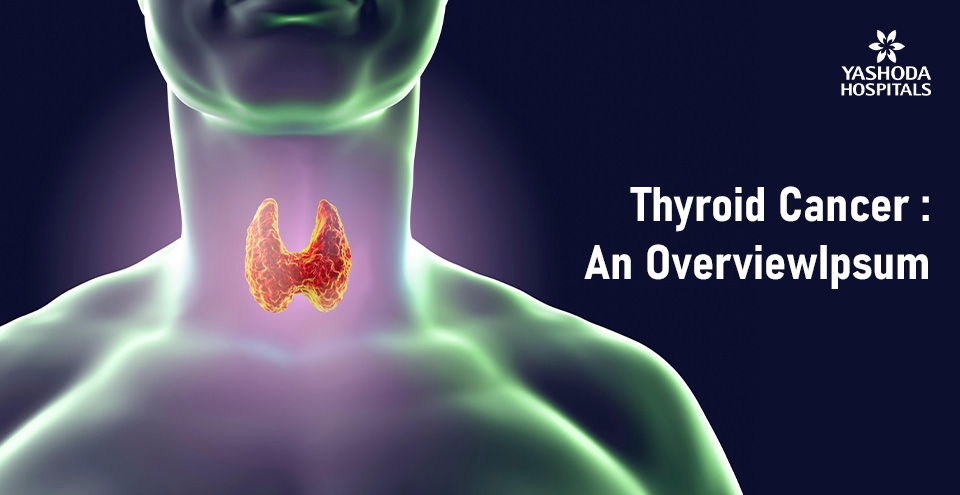
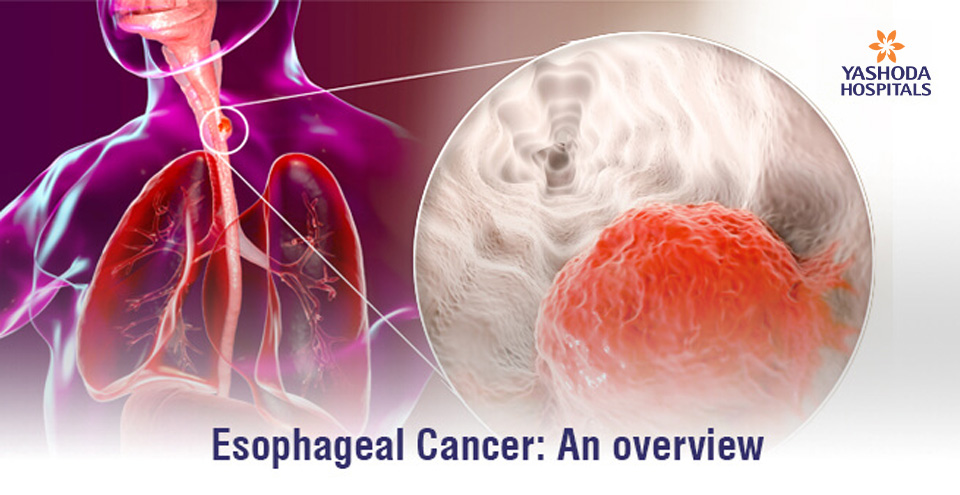

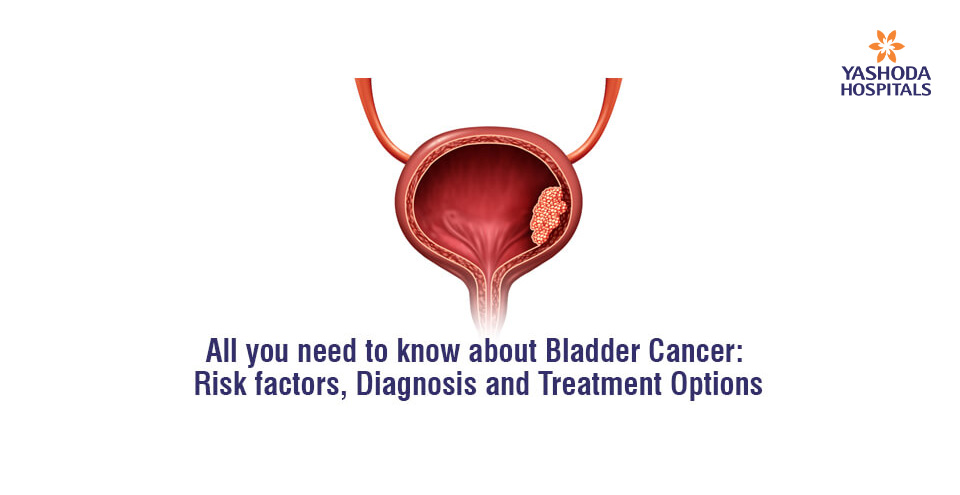






 Appointment
Appointment WhatsApp
WhatsApp Call
Call More
More

